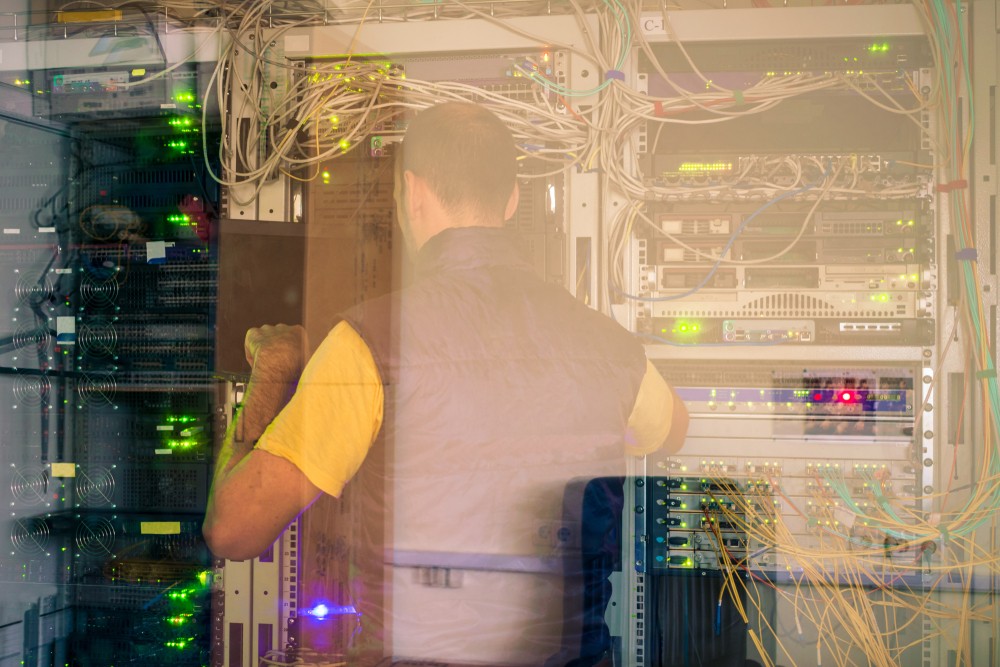Michael Allen, VP and EMEA CTO at software intelligence company Dynatrace, looks at why companies have started turning to AIOps and what they need to be doing to make it successful:
“Over the past few years, companies have been rapidly transitioning to dynamic, hybrid cloud environments to keep up with the constant demand to deliver something new. However, whilst the cloud offers the agility that enterprises crave, the ever-changing nature of these environments has generated unprecedented levels of complexity for IT teams to grapple with. Over the last two years, IT teams have identified hope on the horizon in the form of the emerging market of AIOps tools. This new breed of solution uses artificial intelligence to analyse and triage monitoring data faster than humans ever could, helping IT teams to make sense of the endless barrage of alerts by eliminating false positives and identifying which problems need to be prioritised. However, AIOps is not a silver bullet, and there’s a risk that enterprises will fail to realise its potential if it simply becomes just another cog in the machine alongside the array of monitoring tools they already rely on.”
“AIOps tools are only as good as the data they’re fed, and to radically change the game in operations, they need the ability to provide precise root case determination, rather than just surfacing up alerts that need looking into. It’s therefore critical for AIOps to have a holistic view of the IT environment so it can pull in any pertinent data and contextualise alerts using performance metrics from the entire IT stack. Integration with other monitoring capabilities is therefore key when adopting AIOps, ensuring there are no gaps in visibility and issues can be understood and resolved faster. It’s this potential for simplifying IT operations and delivering a more efficient organisation that should be the end goal of AIOps. When done right, the software intelligence enabled by AIOps can be used to drive true efficiencies, through automated business processes, auto-remediation and self-healing. Ultimately, this can enable the transition towards autonomous cloud operations, where hybrid cloud environments can dynamically adapt in real-time to optimise performance for end-users, without the need for human intervention. As a result, problems can be resolved before users even realise there’s been a glitch.”
“This AI-driven automation will fuel the next wave of digitalisation and truly transform IT operations. However, reaching this nirvana can’t be achieved by cobbling together a mixed bag of monitoring tools and an AIOps solution into a Frankenstein’s monster for IT. Companies need a new, holistic approach to performance management that combines application insights and cloud infrastructure visibility with digital experience management and AIOps capabilities.”
“Taking this approach will help to deliver the true promise of AIOps, providing IT with answers as opposed to just more data. As a result, IT teams will be freed up to invest more time in innovation projects that set the business apart from competitors, instead of focussing their efforts on keeping the lights on.”
Wes Cooper, global product marketing manager, IT Operations Management, Micro Focus discusses automated monitoring and management, powered by AIO:
“IT teams don’t tend to change their monitoring and management tools without an outside trigger to push them into it. Sometimes, the need arises out of mergers and acquisitions, posing teams with significant integration problems that can lead to lost productivity, outages and downtime. Today, however, a number of significant shifts are happening across businesses which necessitate a change in approach to IT operations. Hybrid IT solutions are increasingly becoming the default for enterprises. And with this, more organisations are moving storage and processing capacity to the cloud and rebuilding corporate networks on the foundations of software defined networking.
“At the same time, the heightened adoption of the internet of things (IoT) and AI-based tools in diverse business functions, from customer experience to logistics to HR management, demands massive data collection and processing. In the context of an ongoing drive towards lower costs and increased demonstrable value to the business, IT teams can easily be overwhelmed by the scale of the challenge.
“AIOps can offer solutions which stand up to the pressure of these modern IT demands. Having massive volumes of operational data spread across a diverse IT ecosystem can make the process of identifying the root cause of a problem and remediating the incident painfully slow. By implementing big data analytics and machine learning into the management of IT, teams can automate much of the most time-consuming aspects of management, freeing them up to employ their expertise where it’s really needed. This will only become more important as companies increasingly make cloud and IoT technologies a core part of their businesses, which will massively increase the volume and complexity of their data.
“Of course, teams cannot simply flip a switch and expect AIOps to just magically take over; systems must be prepared in order to be addressable by AIOps. First, data in the enterprise must be consolidated into a data lake in order to make it possible for AIOps to infer conclusions from across the available source material. Second, teams must consider the diversity of their data, ensuring that both structured analytics data such as dwell time and unstructured interaction data such as voice input are interpretable by the chosen AIOps solution. Third, a careful assessment of what monitoring information is available – including systems’ native monitoring tools – must be made to avoid missing potentially valuable insights.
“Against a background of teams using many different monitoring tools for many different systems and manually bridging the gaps between them, AIOps can provide a view of services which is unified and business-focused, operating across multiple clouds, applications and networks. Integrating it can require significant labour upfront, but the long-term upside is significant.”




